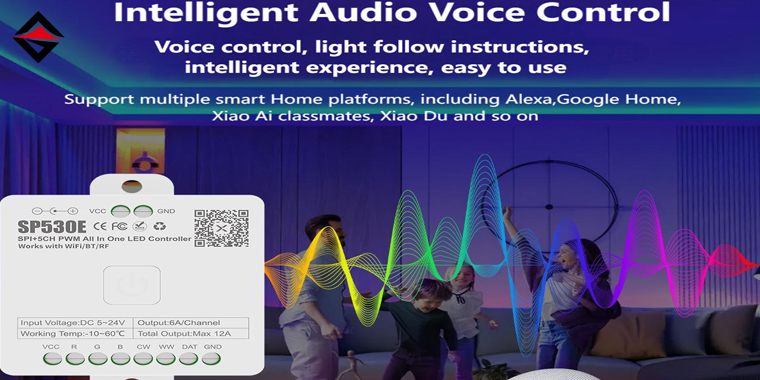
What does RF mean in a light strip controller?
And what is its principle?
Contact Name : Penny;Tel /Whatsapp: +8615327926624;Email : sale@ledtealight.com
I.Working Principle of RF LED strip lights
1.Signal transmitting end (remote control)
Encoding and Modulation:
When the user presses the buttons on the remote control (such as switches, dimming, color adjustment, etc.), the controller will convert the operation instructions into digital signals and encrypt or format the signals through the encoding chip (for example, using specific protocols, such as NEC, PPM, etc.). Subsequently, the signal is loaded onto a radio frequency carrier of a specific frequency through a modulation circuit (common frequencies include 315MHz, 433MHz, 2.4GHz, etc.).
Antenna transmission: The modulated radio frequency signal is transmitted to the surrounding space in the form of radio waves through the antenna of the remote control.
2. Signal transmission process
Radio frequency signals propagate in the air in the form of electromagnetic waves and can penetrate obstacles such as walls and furniture (the penetration ability is related to frequency and power). The transmission distance usually ranges from several meters to tens of meters (the 2.4GHz frequency band has stronger anti-interference ability and is often used in long-distance or multi-device scenarios).

3. Signal receiving end (led strip rf controller host)
Antenna reception and demodulation:
After the receiving antenna on the RF Mini Wireless Remote Controller captures the RF signal, it restores the digital signal on the carrier through the demodulation circuit (removing the carrier and extracting the original instruction).
Decoding and execution:
The restored signal is parsed by the decoding chip to identify specific operation instructions (such as "Turn on the light strip" and "Adjust the brightness to 50%"), and the instructions are transmitted to the main control chip of the LED strip.
Control of light strips:
The main control chip controls the driving circuit of the light strips according to instructions to achieve corresponding functions (such as switching, dimming, color changing, etc.).
Ii. Advantages of RF Technology in Light Strip Control
No directional restrictions:
Unlike infrared remote control, there is no need to aim at the receiver. Users can control it in any direction.Strong penetration: It can pass through obstacles such as walls and door panels, and is suitable for multi-room or complex environments.Multi-device compatibility: The 2.4GHz frequency band supports two-way communication and multi-device networking (such as simultaneously controlling multiple light strips through an APP), making it suitable for smart home systems.
Anti-interference capability:
Compared with low-frequency RF (such as 315MHz), the 2.4GHz band can reduce co-frequency interference through frequency hopping technology (FHSS).
In the next article, we will introduce in detail what types of strip light RF technology can control. Stay tuned!